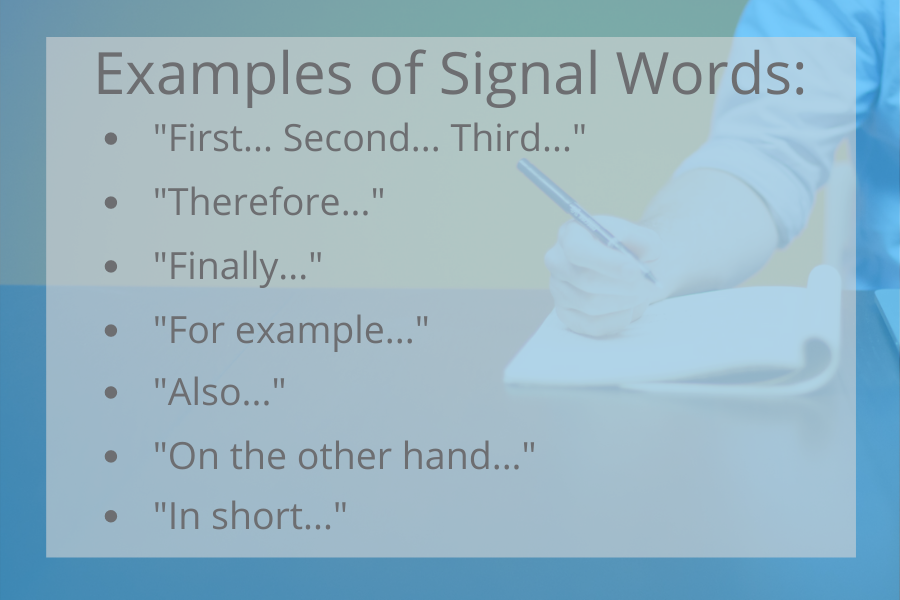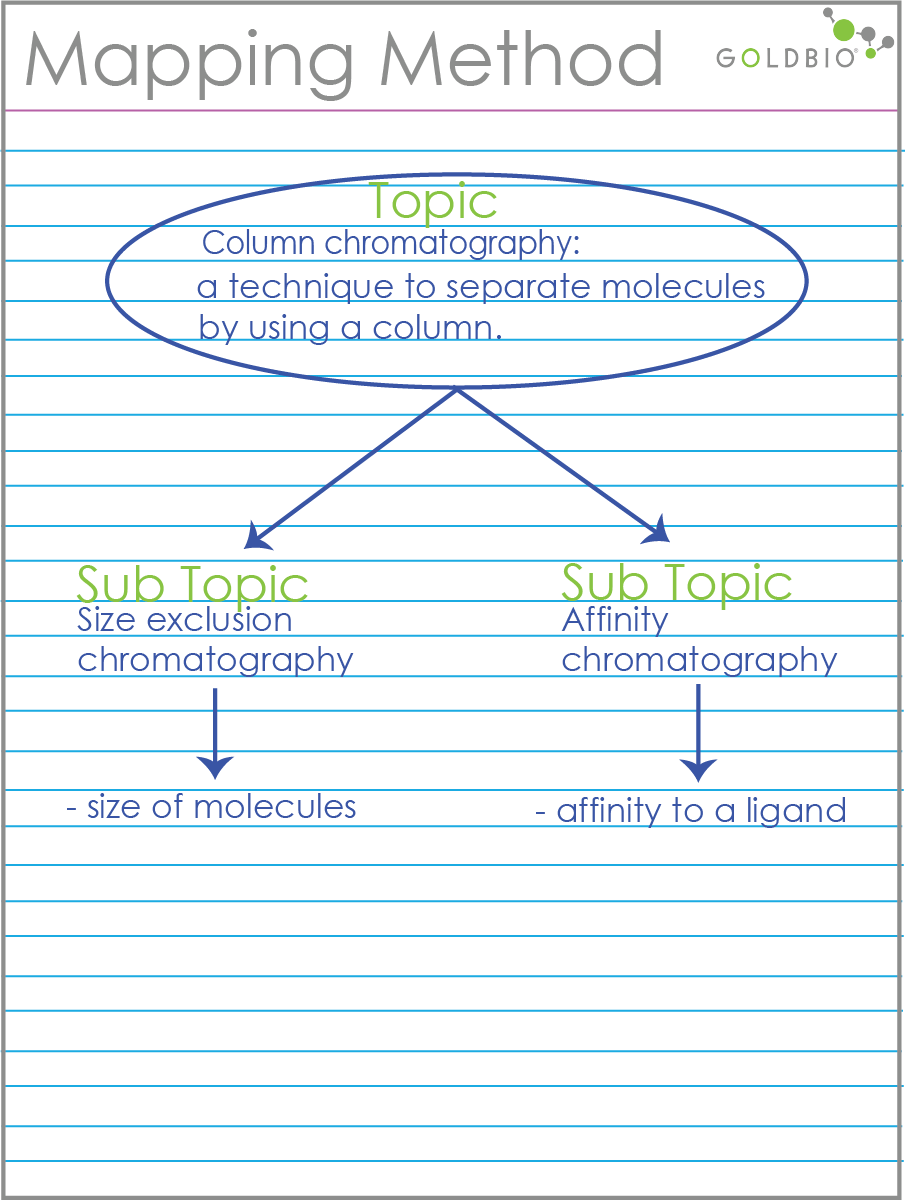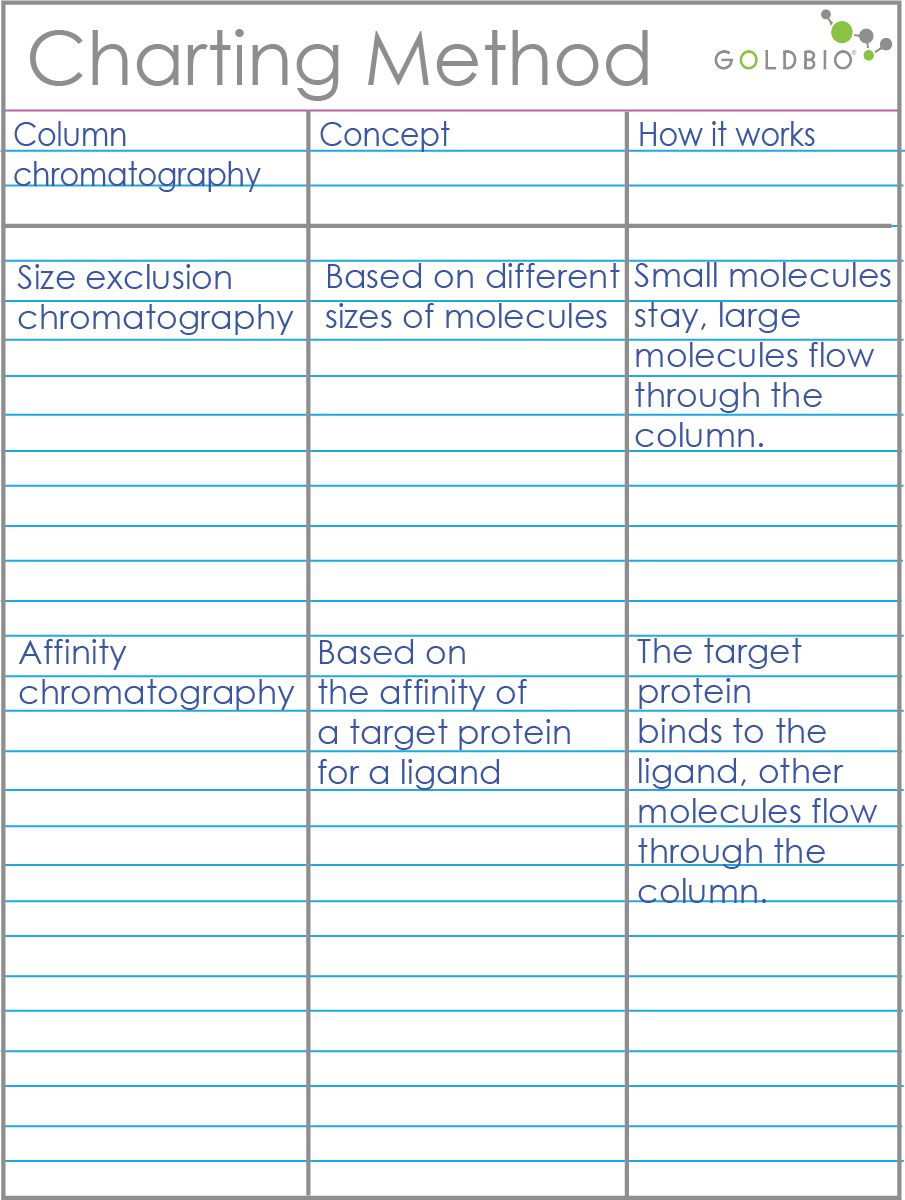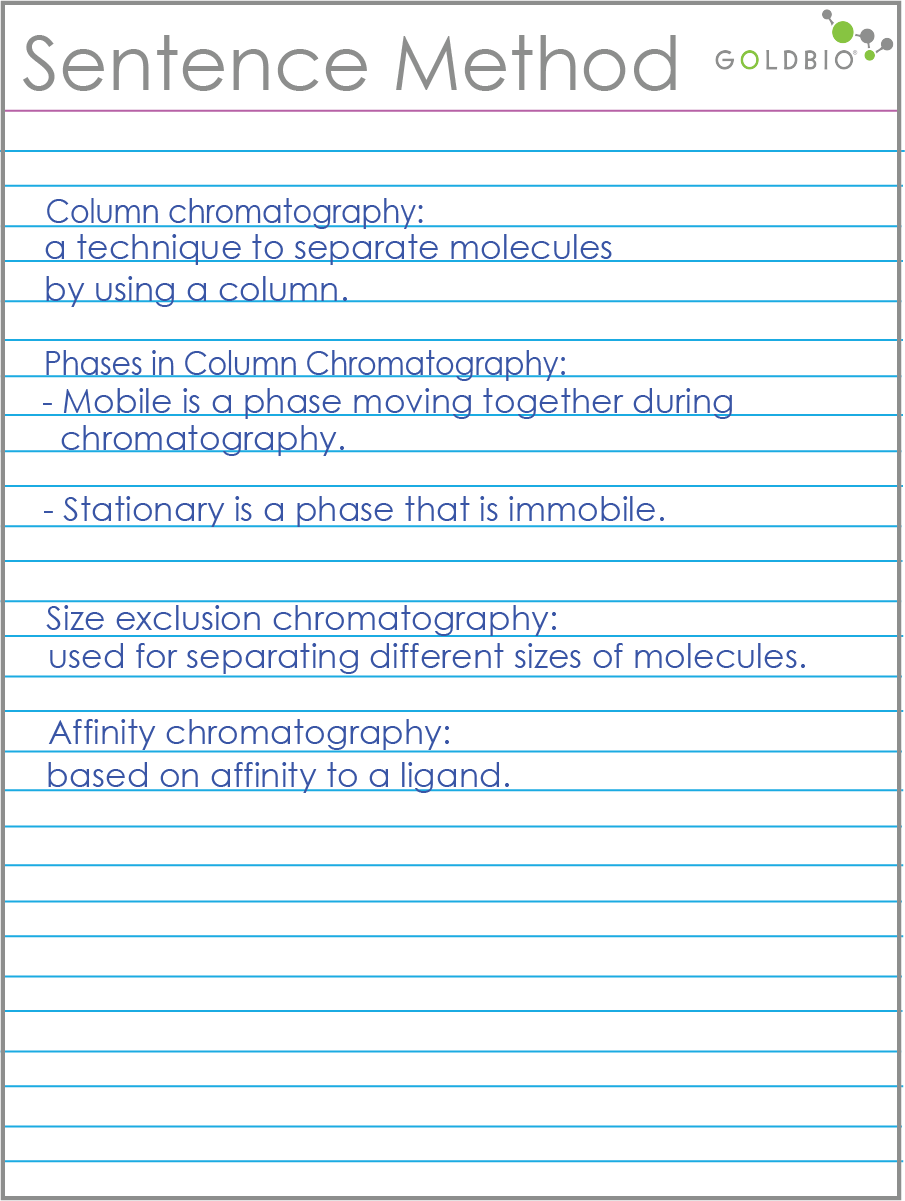Strategies for Taking Lecture Notes Efficiently
by Tyasning Kroemer, Ph.D.

by Tyasning Kroemer, Ph.D.
Taking good lecture notes is important for your academic success. Certainly, you can also choose to listen to the lecturer without taking any notes and rely on recording the whole lecture.
However, taking good notes forces you to process the information and understand the concepts of the lecture. Your notes help you recall what you learn during class, and at the same time, guide you to find out more about unfamiliar information outside the lecture time.
On top of these benefits, taking notes can help you to stay awake and focus during lecture.
Even outside the lecture room, you will find this skill to be equally useful when you work in your lab. For example, note-taking can help you to keep track of your priority tasks after talking to your advisor, understand the process to complete your tasks, and meet the deadlines.
The purpose of taking notes is to use them to review the information and recall what you learn. In addition, taking notes helps you understand the concepts.
However, to improve your academic performance, it’s not enough for you to only take notes during lecture. It also requires you to take good notes.
Good lecture notes must include the main concepts of the lecture, significant details, and meaningful information from the lecture. If you use abbreviations or symbols, you need to know how to interpret them later on, particularly when you review your notes for the exam.
Beside the quality of the notes, the quantity of the notes is equally important. In other words, the more notes you have, the more information you remember. In this case, it’s not the number of words on the page, but the number of notes containing the main ideas and important details.
Typically, during your class, your lecturer allows you to write your lecture notes by hand or by typing them out. Or, you can also use a combination of both.
Similar to writing by hand, typing provides the convenience of information storage and searching. Students are more likely to type each of the lecturer’s words precisely by using a keyboard, increasing the accuracy of the information. However, it is harder to draw an illustration or a diagram by using a keyboard; for example, a chemical structure of tryptophan or the Krebs cycle.
Both methods can be useful to help you remember the information from the lecture, but writing your notes out by hand is a better way to help you understand and explain the concepts. After all, it’s harder to keep up and capture all information during lecture by using a pen and a paper.
Therefore, you are forced to listen, process and summarize the information in a more efficient way, and then write it down. If you are a visual learner, you can easily incorporate an illustration or a diagram by using this approach. Even though you can copy an illustration over from a PowerPoint slide, it won’t help you absorb the information as well as if you were to draw it out.
In terms of improving your academic performance, the quality and quantity of your notes are more likely to be the key factors for getting good grades—more than how you take your notes (Schmidt, 2019). In addition, what you do with your notes before, during and after lecture also matters.
Before your class begins, prepare yourself by checking the course syllabus to find the topic for that day. In addition, you can review your notes from the previous lecture and complete the reading assignments.
This preparation step helps you understand, remember, and connect information from the previous lecture to the upcoming lecture. Before your lecture, always write the title and the date of the lecture, so you can organize and keep track of your notes later.
During lecture, carefully listen to the lecturer and write down only the main ideas and important information. One way to do this is by paying attention to common signal words emphasizing the important ideas, such as “First… Second… Third…”, “Therefore…”, “Finally…”, “For example…”, “Also…”, “On the other hand…” or “In short...”

To help you understand the lecture better, summarize it with your own words. You can also record examples supporting the main ideas of the lecture, particularly if you can’t find them from the textbook. However, avoid recording every word said by the lecturer on your notes, because it only reduces the probability of understanding and processing the concepts.
As soon as the lecture is finished, gather your notes together with all your notes from the previous lecture, if they’re not in a single notebook. In addition, find time to review your notes when it’s still fresh in your mind. Review your notes frequently, even when you still have enough time before your exam.
During lecture, you can use a particular style to take your notes. Keep in mind that your favorite style for taking notes may not always work for every course. Occasionally, the effectiveness of the style depends on the course you are taking. For example, a particular style, which works for your statistics course, may not work as well for the immunology course. Therefore, the first step is to try which style works for you for taking notes.
Below are some common styles you can try to take notes:
This method uses a certain layout dividing your paper into three sections: cue, notes, and summary. First, divide the paper into two columns for the small ‘cue’ part on the left and the large ‘notes’ part on the right. At the bottom of the page, leave several lines for the ‘summary’ part.

In the ‘cue’ column, write down questions guiding you to understand the lecture or a side note helping you to organize the ideas. You can also use this column to answer the questions, review, and study as soon as the lecture.
In the ‘notes’ column, record what the lecturer says and writes on the board. In the summary part, summarize what you’ve learned from the lecture.
This style of taking notes is efficient to organize main concepts and additional details of a lecture for a variety of classes. It can also help you when you need to read a scientific research article and take an online class.
The format for this style uses space indentations. For this style, place main ideas on the far left and indent minor details on the right side.

It is relatively easy to review your notes with this format, but the disadvantage is it is inefficient to use for a fast-moving lecture.
The layout of this style looks like a map with a center point to present a main idea or a topic, and several points to organize the details or sub topics, associated with the main idea.

This style is helpful to organize relationships between topic(s) and subtopics when reviewing the information after lecture.
Similar to the outlining method, it is easy to review the notes with this style due to its visual presentation of your notes. However, you must understand and absorb the essence of the lecture to use this style.
For this style, you use a table when taking your notes. You can use the left column to record the main ideas and the right column to organize the details of the lecture.

It is simple to use for a variety of courses.
When taking notes using this style, write down each idea on a separate line.

You can also use numbers and bullets to record supporting details and examples. This style is useful in a fast-moving class.
Taking good lecture notes requires practice, so it will take time to learn which strategy works for you. Although it seems trivial, you will find out later that taking notes is a valuable skill to master even after you obtain your degree and have a job.
Effective Note-Taking in Class - Learning Center. (2018). Learning Center. https://learningcenter.unc.edu/tips-and-tools/effective-note-taking-in-class/
Effective Note-taking in Lectures. (2019). Columbia College and Columbia Engineering. https://www.cc-seas.columbia.edu/node/31875
For Note Taking, Low-Tech Is Often Best. (2017). Harvard Graduate School of Education. https://www.gse.harvard.edu/news/uk/17/08/note-taking-low-tech-often-best
Hammond, C. (2019, November 27). When the best way to take notes is by hand. Www.Bbc.com. https://www.bbc.com/future/article/20191122-when-the-best-way-to-take-notes-is-by-hand.
Lecture Note Taking. (n.d.). College of Saint Benedict & Saint John’s University. Retrieved November 9, 2020, from https://www.csbsju.edu/academic-advising/study-ski...
Note-taking. (n.d.). Www.Utc.Edu. https://www.utc.edu/center-academic-support-advisement/tips-for-academic-success/note-taking.php
Schmidt, S. J. (2019). Taking Notes: There’s a Lot More to It than Meets the Eye. Journal of Food Science Education, 18(3), 54–58. https://doi.org/10.1111/1541-4329.12170.
Student notetaking: Is the pen mightier than the keyboard? | CRLT. (n.d.). Crlt.Umich.Edu. Retrieved November 10, 2020, from https://crlt.umich.edu/blog/student-notetaking-pen-mightier-keyboard
The Cornell Note Taking System – Learning Strategies Center. (n.d.). http://lsc.cornell.edu/how-to-study/taking-notes/c...

IPTG and auto-induction are two ways to induce protein expression in bacteria. They work similarly, but have different trade-offs in terms of convenience. While IPTG...

The final concentration of IPTG used for induction varies from 0.1 to 1.0 mM, with 0.5 or 1.0 mM most frequently used. For proteins with...

A His-tag is a stretch of 6-10 histidine amino acids in a row that is used for affinity purification, protein detection, and biochemical assays. His-tags...

Competent cells such as DH5a, DH10B, and BL21 will maintain their transformation efficiency for at least a year with proper storage. It is important to...
